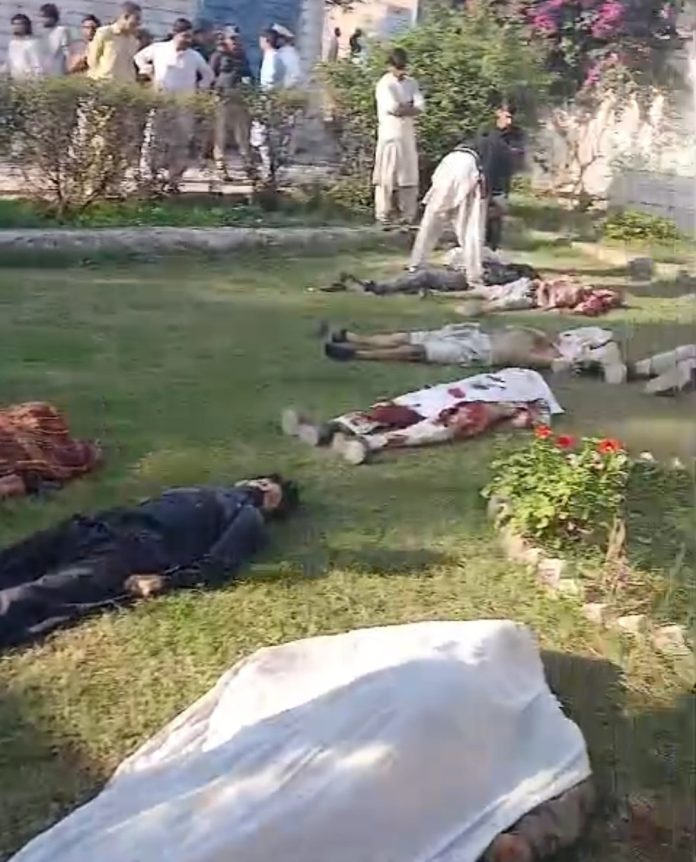In a harrowing incident, violence erupted in Parachinar, Kurram district, where more than 100 Shia passenger vans traveling in a convoy were ambushed by Deobandi Muslim residents of Bagan, Charlhail, and Manduri in Lower Kurram. The brutal attack claimed the lives of over 50 individuals, including women and infants, leaving scores injured. The region, located in Khyber Pakhtunkhwa and bordering Afghanistan’s Khost and Loya Paktia regions, has become a flashpoint of violence since the Taliban’s rise to power, with thousands killed in escalating conflicts.
While the unrest is often attributed to Sunni-Shia sectarian divides or internecine land disputes, these explanations fail to capture the deeper motives. Sunni and Shia Pashtuns have coexisted in Kurram for centuries without such atrocities, raising questions about the recent surge in violence. The region’s strategic importance has increased for the Pakistan Army, as they are deliberately stoking unrest to force residents to flee, clearing the area for geopolitical and financial gains for the “New Dollar War.”
This violence is not unique to Kurram. Similar bloodshed has been reported in Bajaur, Waziristan, Bannu, and other Pashtun-majority areas, where no Sunni-Shia tensions or significant land disputes exist. The Paki establishment is actively fueling conflicts under various pretexts to assert control and exploit the region’s resources.
Kurram’s Tragedy
Historically, disputes in Kurram have been resolved through Pashtun-led jirgas, with little to no involvement from the occupied-Army-state. In the past two years, Pashtuns from Bangash, Orakzai, and Hangu have successfully mediated peace through such traditional councils. On October 11, Sunni and Shia youth sat together in a Pashtun National Court Jirga, reaffirming their commitment to peace. They jointly demanded the withdrawal of the Punjabi Pak Army from Kurram and called for a jirga to resolve lingering issues.
However, as plans for a Kurram Jirga were finalized this month, violence erupted again. The Punjabi Pak Army, threatened by the prospect of Pashtun unity, signaled armed groups to incite bloodshed and derail local peace efforts.
This tragic attack is now being compared to other infamous incidents of Pashtun suffering, such as Babara, Takkar, Qissa Khwani, Kharqamar, and the Army Public School massacre. For the Pashtuns, Kurram’s bloodshed is yet another dark chapter in their history of systemic oppression, one they vow to neither forgive nor forget.

